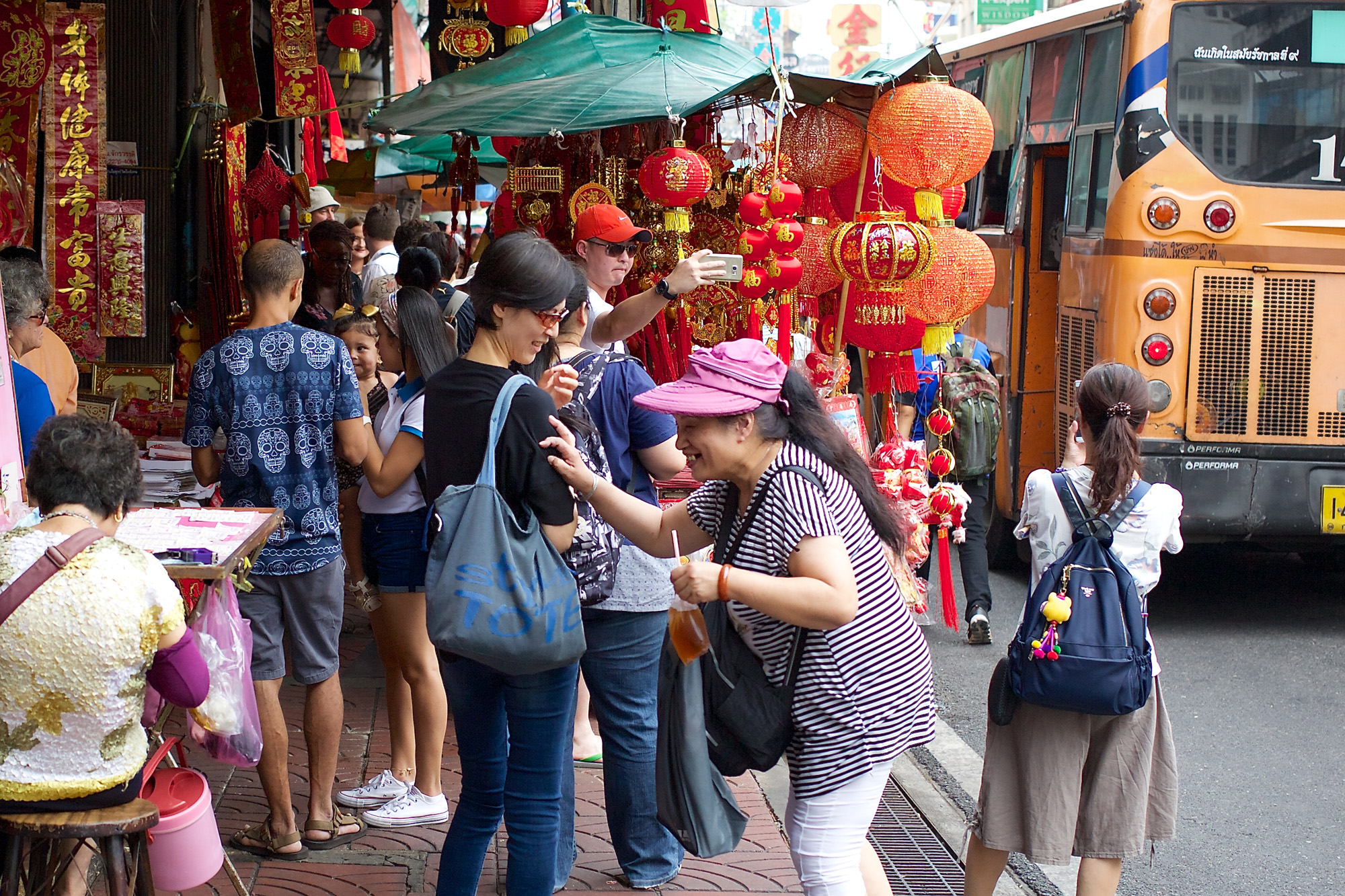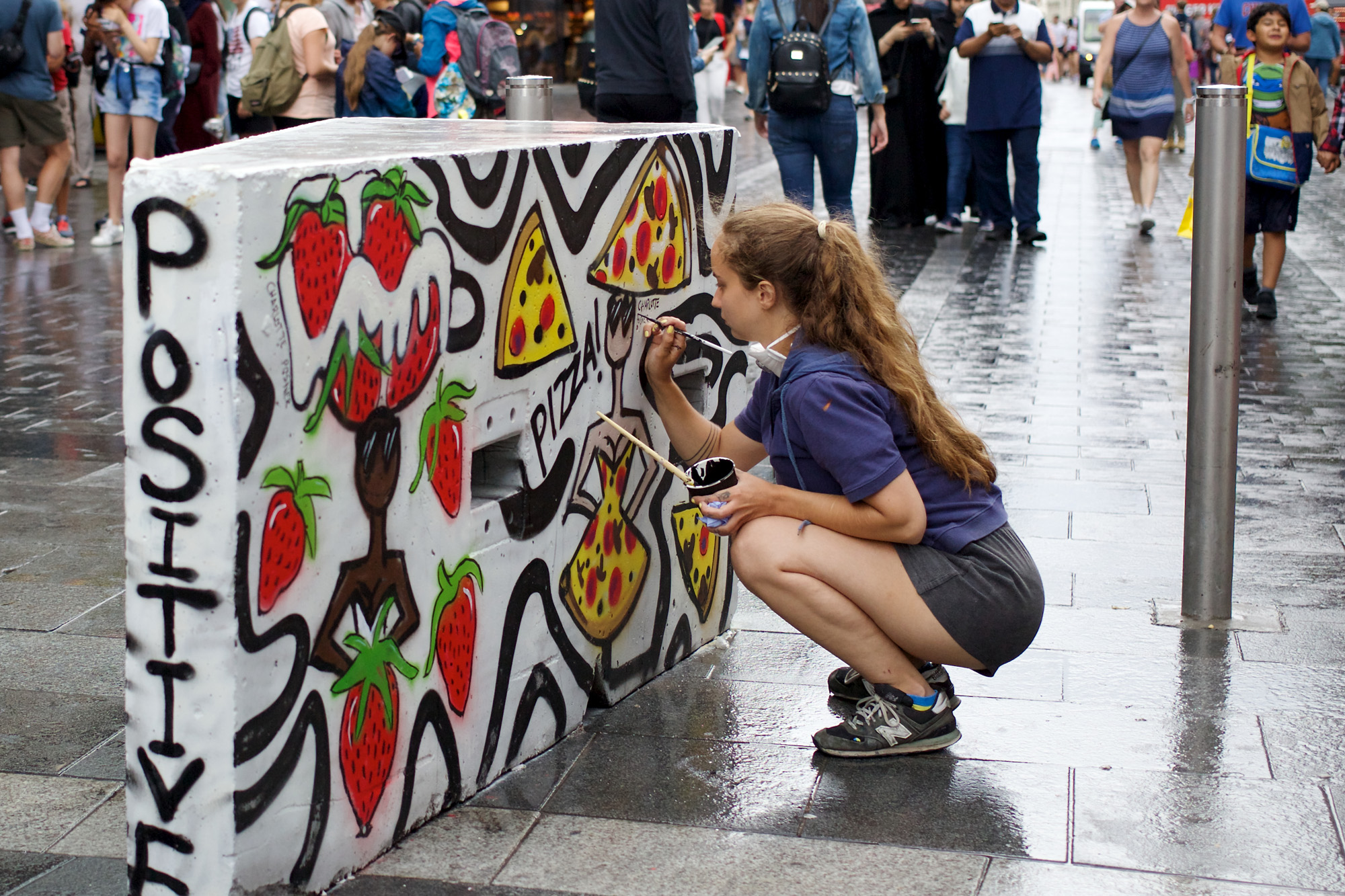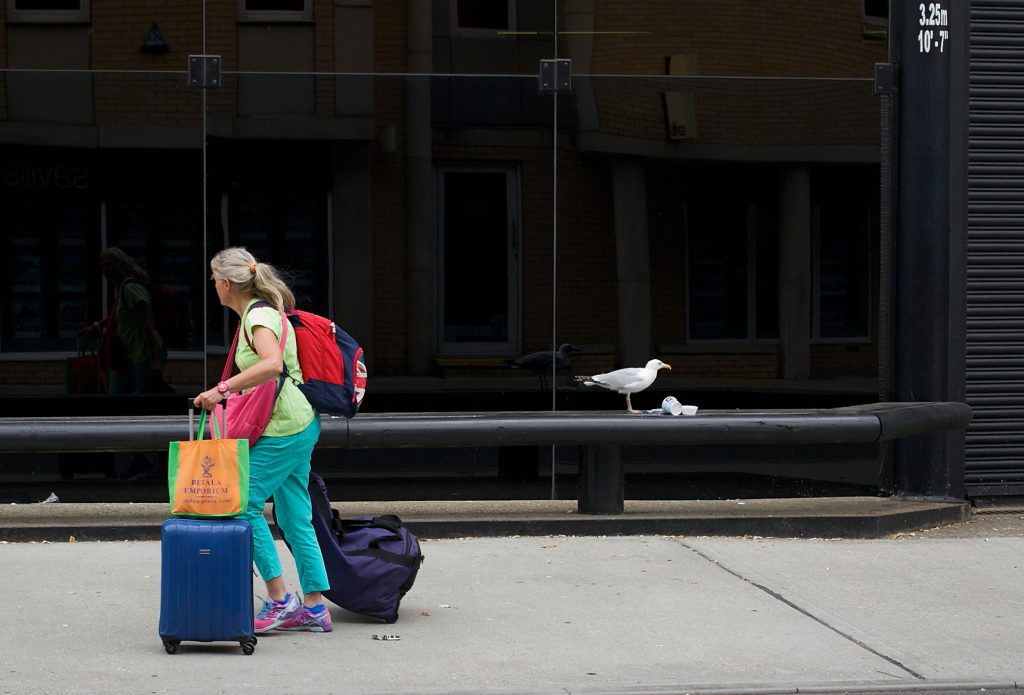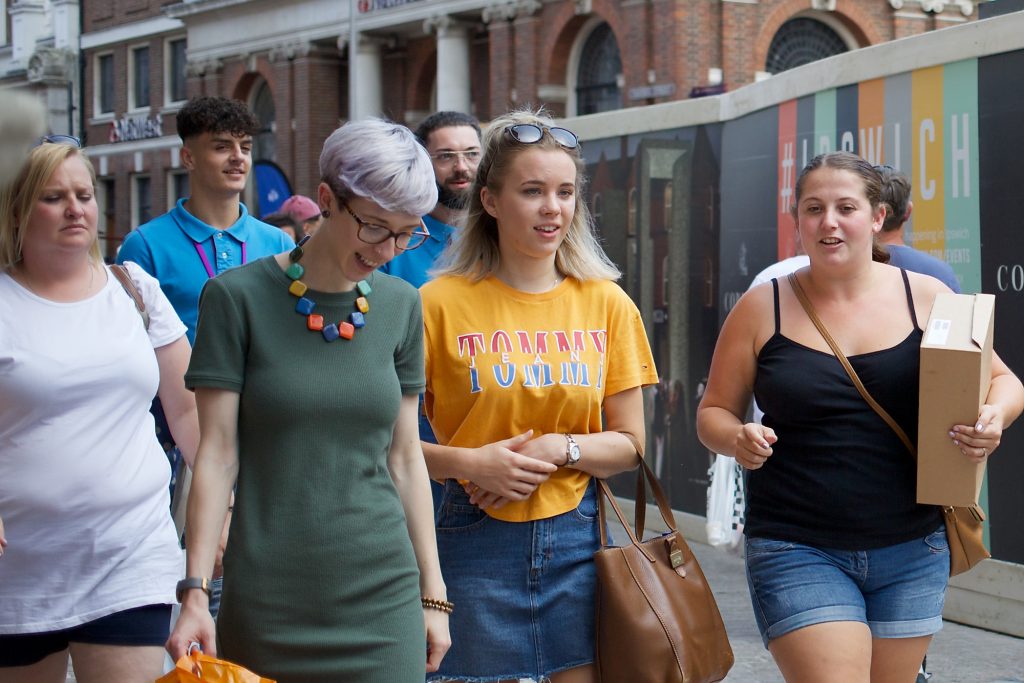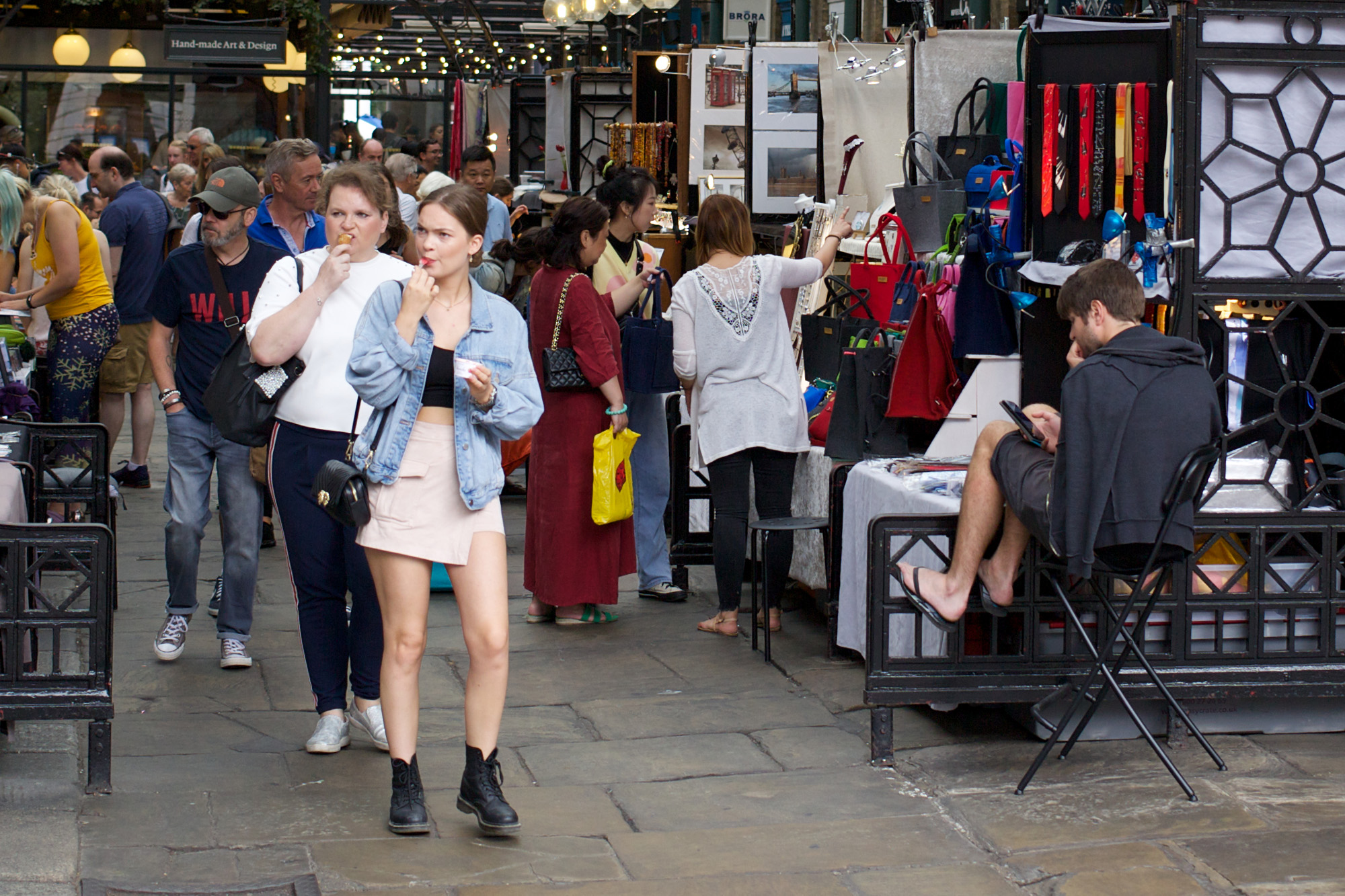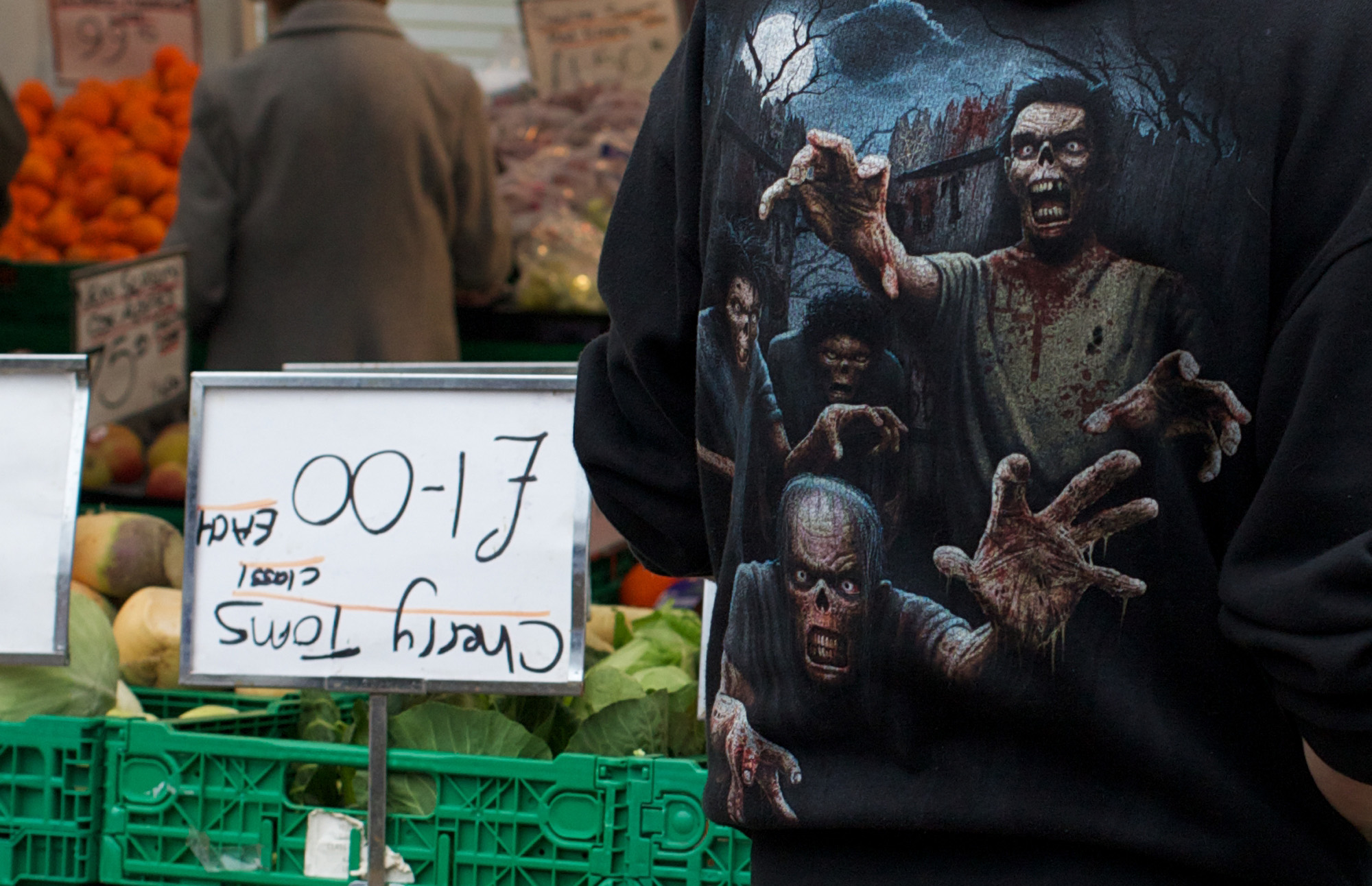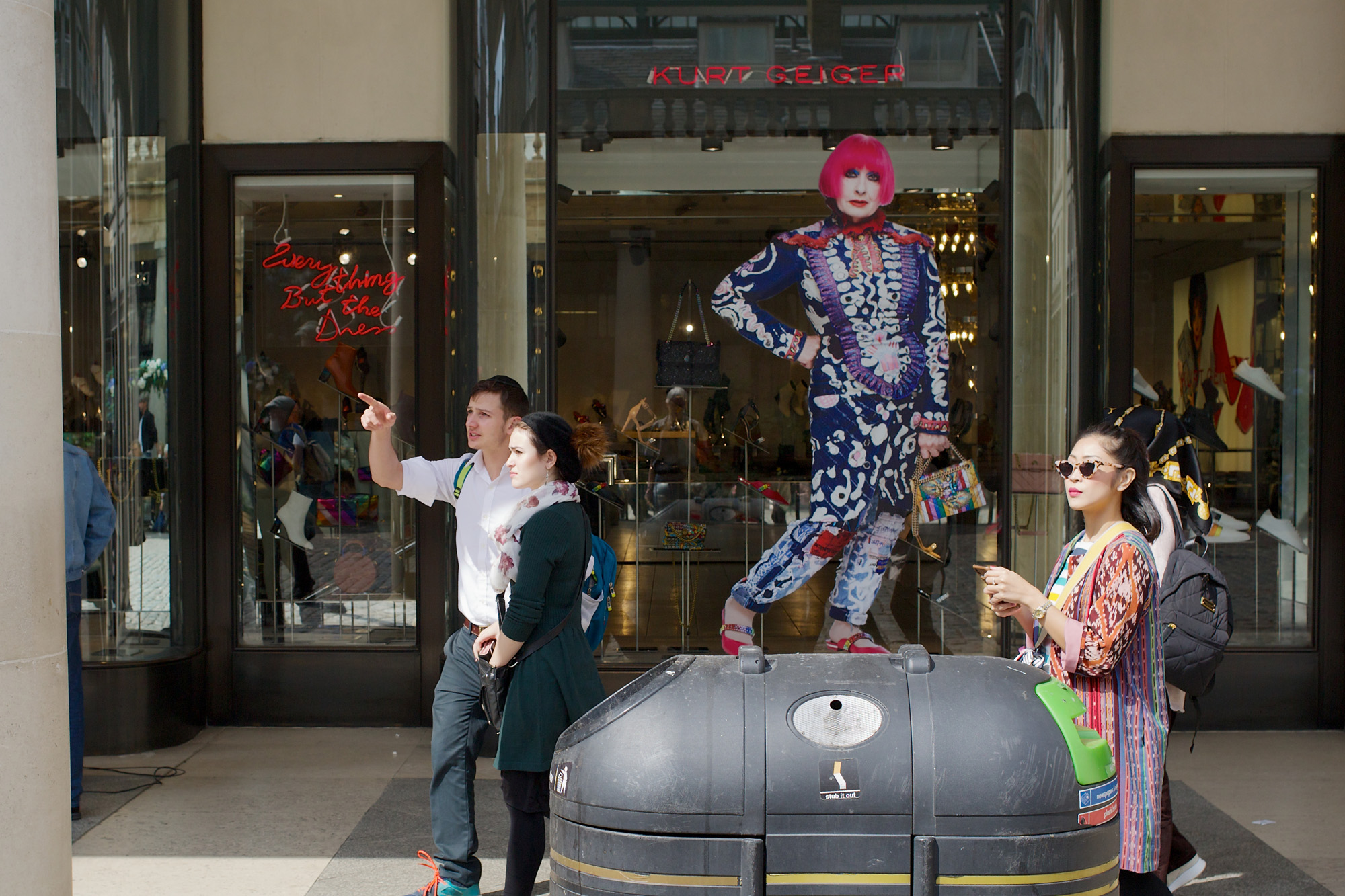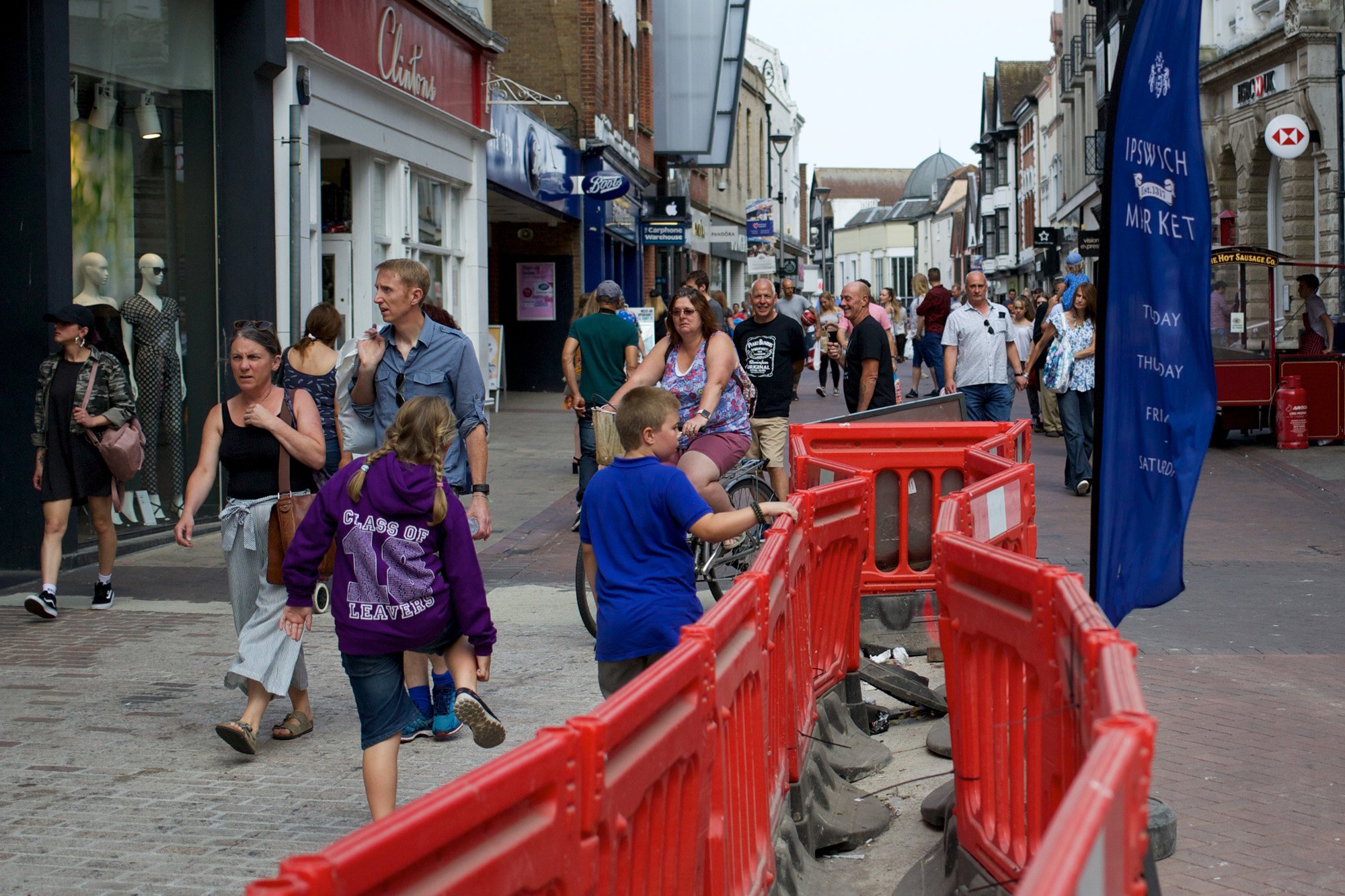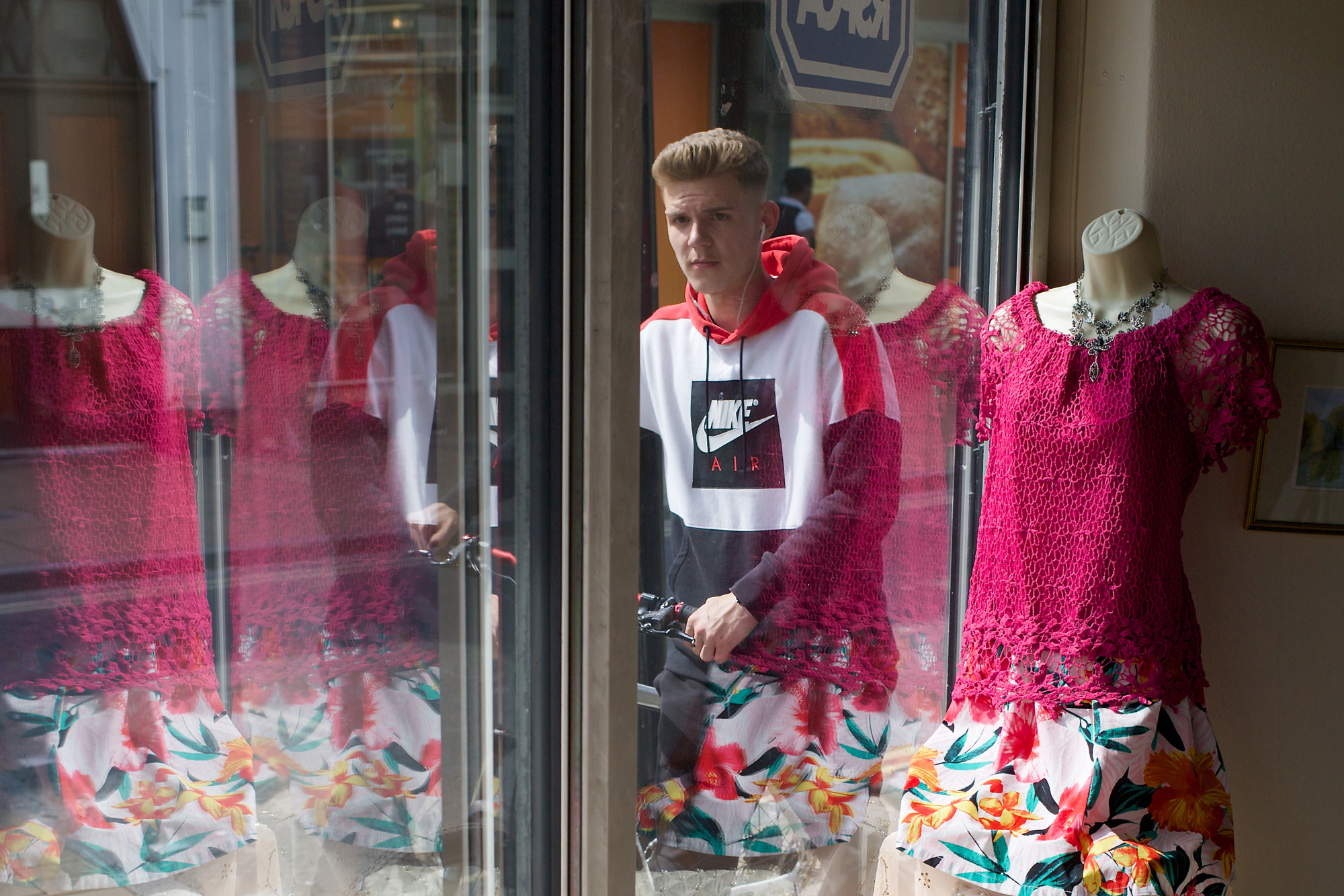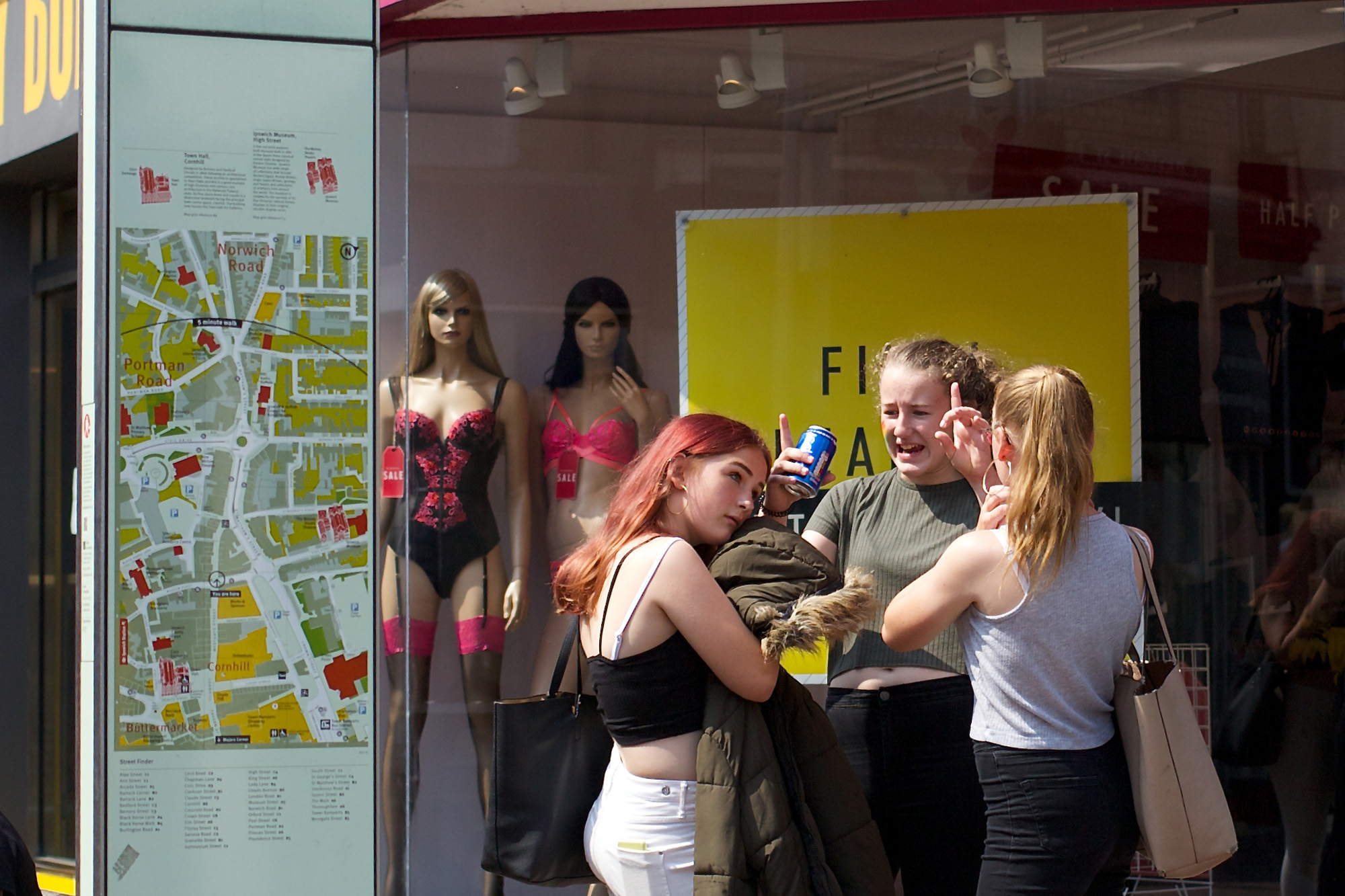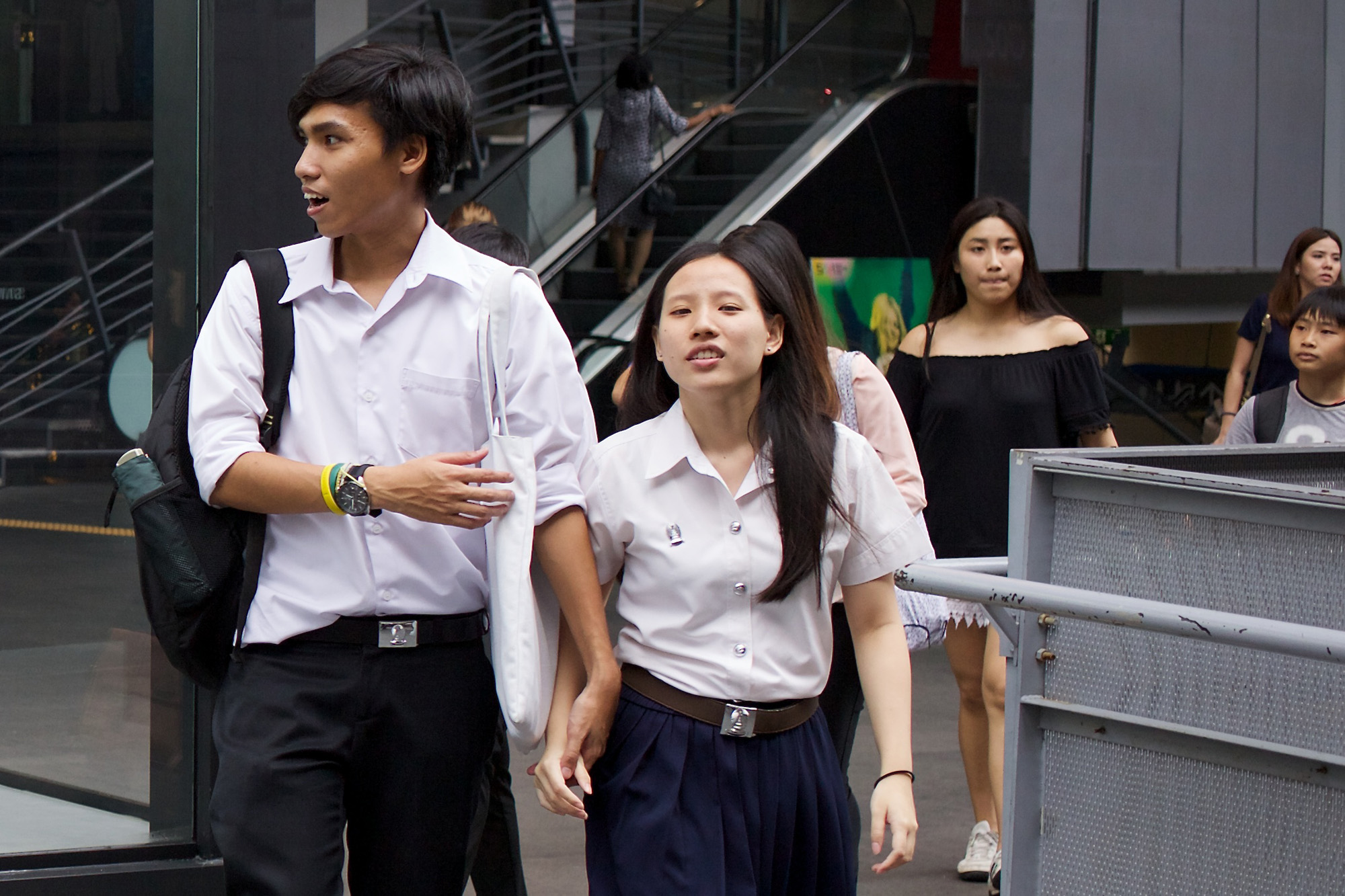I had been going to Bangkok for twenty years, often passing the Erawan Museum on my way to the Ancient City (now officially rebranded as Ancient Siam). If I was travelling with others they’d say: “Oh, come on, shall we take a quick look round?” to which I’d reply: “I’d rather press on. I have a project to complete.”
Why did I never want to stop at the museum? I suppose it’s partly the word “museum” which put me off. I guessed (wrongly) that it would be fusty and dilapidated. Also, I prefer taking shots of people on the street, rather than venturing inside tourist sites.
Yet there’s another reason, too: the feeling you can’t help getting when you drive past a gigantic three-headed elephant. The structure is so extraordinary it’s hard not to believe you’ve already seen all there is to see.

An Apology
How wrong was I? Completely wrong — and I apologise to the three-headed elephant. When you’re admitted to the grounds of the Erawan Museum you immediately appreciate its surreal beauty, framed by the magnificent gardens in which it stands.
Only when you enter the precinct of the museum can see properly the delightful colour and detail of the elephant’s “plinth,” a pink, circular building adorned with elaborate architectural decoration. You think: only a crazy guy could have sponsored a building like this.

The Sponsor
The Erawan Museum was the brainchild of Lek Viriyaphant, a wealthy Thai businessman who was also responsible for the magnificent park, Ancient Siam, which I’ve just mentioned. There, on a 790-acre site in the shape of Siam (Thailand), he inspired the reproduction of over a hundred temples and palaces from the many historical periods of the country’s history.
The Setting
At just under 12 acres the Erawan Museum itself occupies far less space than Ancient Siam, but it makes a more monumental impression, close-up, than anything in the larger park.
The surrounding gardens are truly delightful, with many stones and sculptures set within an abundance of tropical plants. The tree ferns are particularly effective, as are the taller trees which provide much-needed shade for visitors. That said, I was surprised that not many people had chosen to wander around the garden on the day we visited. I guess there is so much to see inside the building.
I can imagine the planners sitting round a table and saying: “OK, that’s the main building done, but what sculptures should we put in the garden?” After the moment’s thought, the reply would have been: “Well, how about more elephants?”

Three Heads Are Better Than One
So what’s the deal with all these elephants? We all know that there are plently of elephants in Thailand, but “Airawata” (Erawan, in Thai) is the holy elephant of Hindu mythology. He emerged from the Garuda’s egg while Brahma read the holy verses. Fully grown he was ridden by Indra, the god of thunder and war. He’s also supposed to be white.
The Thai people have embraced the myth and made it their own by elaborating on the original. Whereas the Hindu version has four tusks and seven trunks, the Thais give Erawan three entire heads — and that’s the special, cut-down version! In written descriptions Erawan has no fewer than thirty-three heads (!) but to sculpt them on a monumental scale would be a bit impractical, so Erawan is usually shown with just three. He’s still an impressive animal.
Monumental Dimensions
The main structure of the Erawan Museum is so enormous that it’s impossible to photograph in its entirety without distortion. One day I’ll make a second trip with an ultra-wide lens and see if I can find a suitable viewpoint. Until then, check out Dominique Dalbiez’s distorted but very well taken photo in the museum’s Wikipedia entry!
The three-headed elephant itself is made of bronze and weighs around 250 tons. Its dimensions are 29 metres (95 ft) high by 39 metres (128 ft) long. The “plinth” — the circular pink building — is 15 metres (49 ft) high. It is surrounded by a flowing stream, into which visitors may cast lotus blossoms, accompanied by a prayer.

To carry out this ceremony you first need to purchase a lotus blossom, then kneel and say a quick prayer before setting it adrift on the flowing water.
It can be quite emotional to watch it move slowly around the circular building, but don’t look too closely. There’s a guy round the back fishing out the blossoms and putting them back on sale to the next customer (sorry, supplicant).
Frankly, I feel this is a cheat, but I guess recycling is good for the environment. The great thing is: wandering around the building gives you a chance to examine the extraordinary carvings which grace the exterior, such as the bodhisattva straddling a mythical beast (below).
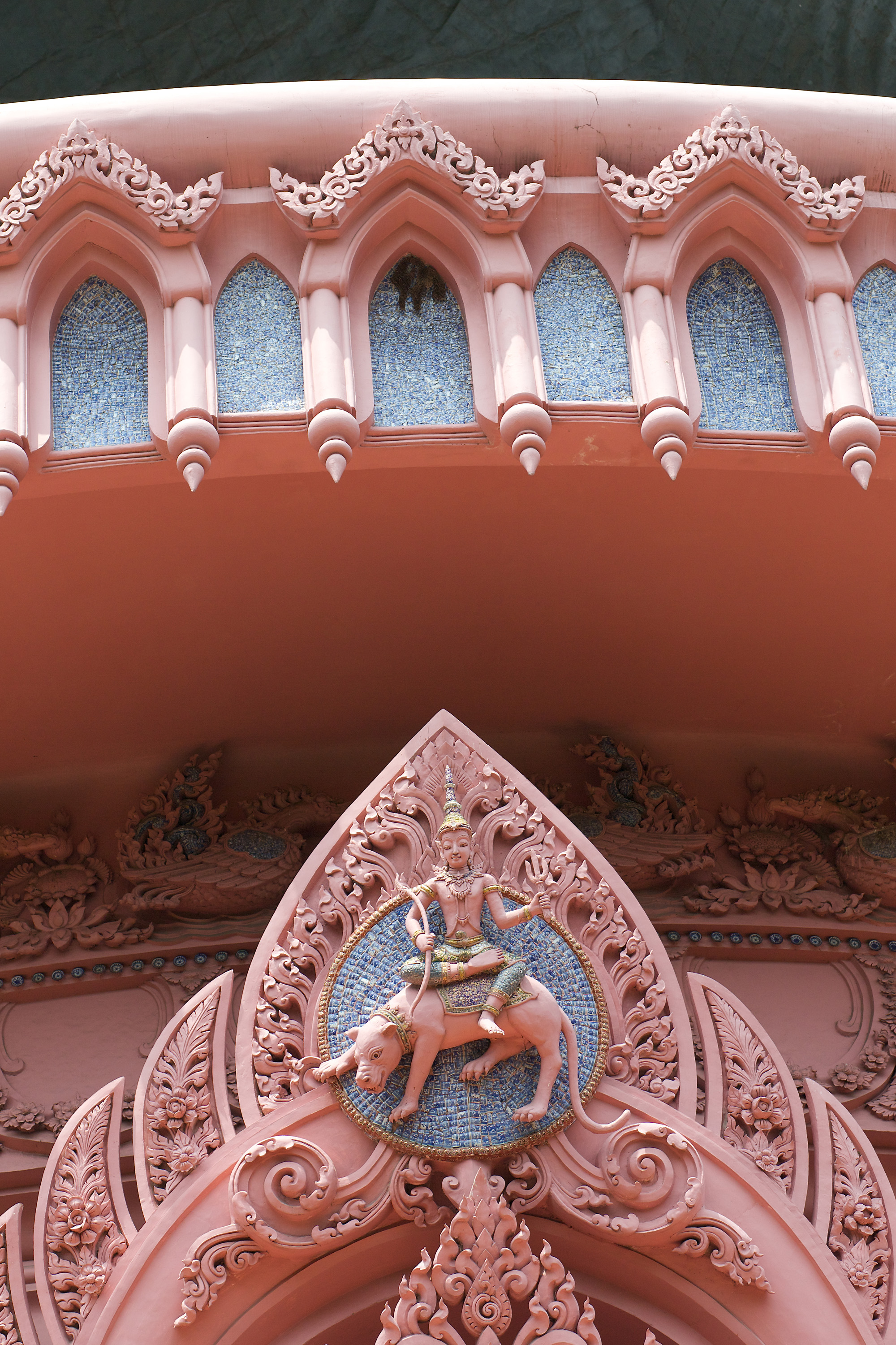
The Interior
Venturing inside you’ll find floors, accessed by wide, curving staircases in the form of dragons. The first floor represents the Underworld, the second floor is Earth, and the top floor — which as you can imagine is very special and somewhat harder to reach — is Heaven. The whole conception is a representation of the Universe: one that is recognised by several religions, but notably by Hindu mythology.
Now here’s the most extraordinary fact about the Erawan Museum. The top floor, Heaven, is located right inside the animal itself. There are no visual cues to suggest you’re actually in the head of the elephant, except perhaps in the play of light behind the holy figures where a blue oval suggests an elephantine shape.
My quickly taken, candid shot (below) shows just a glimpse of “Heaven.” If you want to see more of this extraordinary place, I can recommend a personal visit. The museum is located in Samut Prakan, a few miles to the south of Bangkok.




